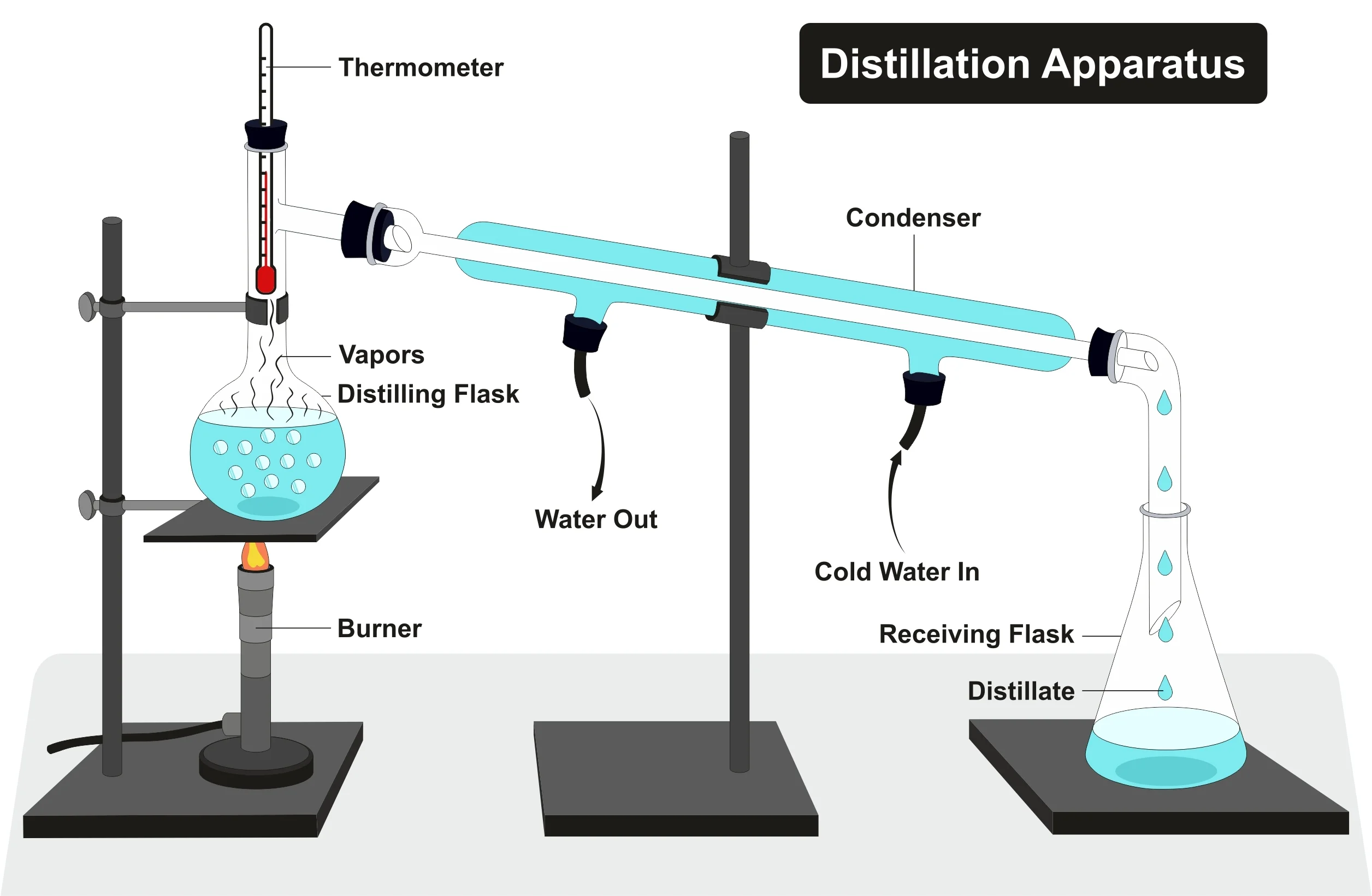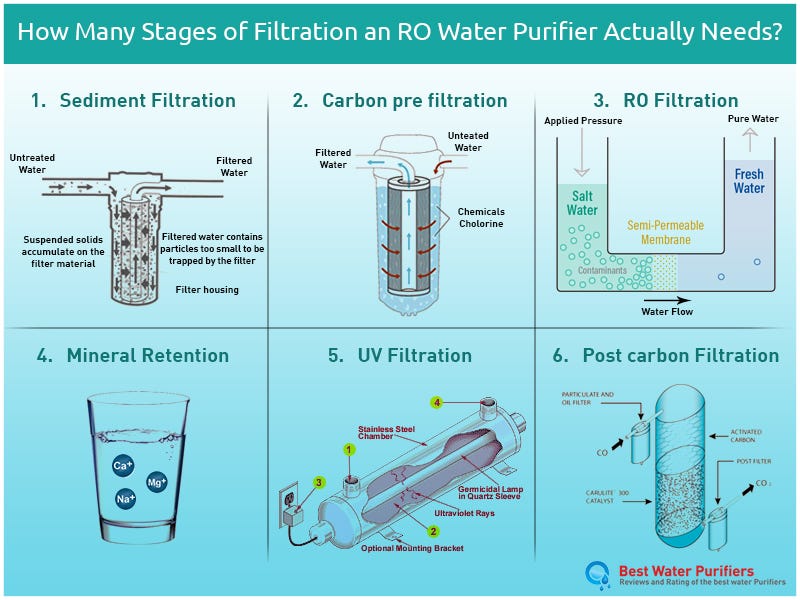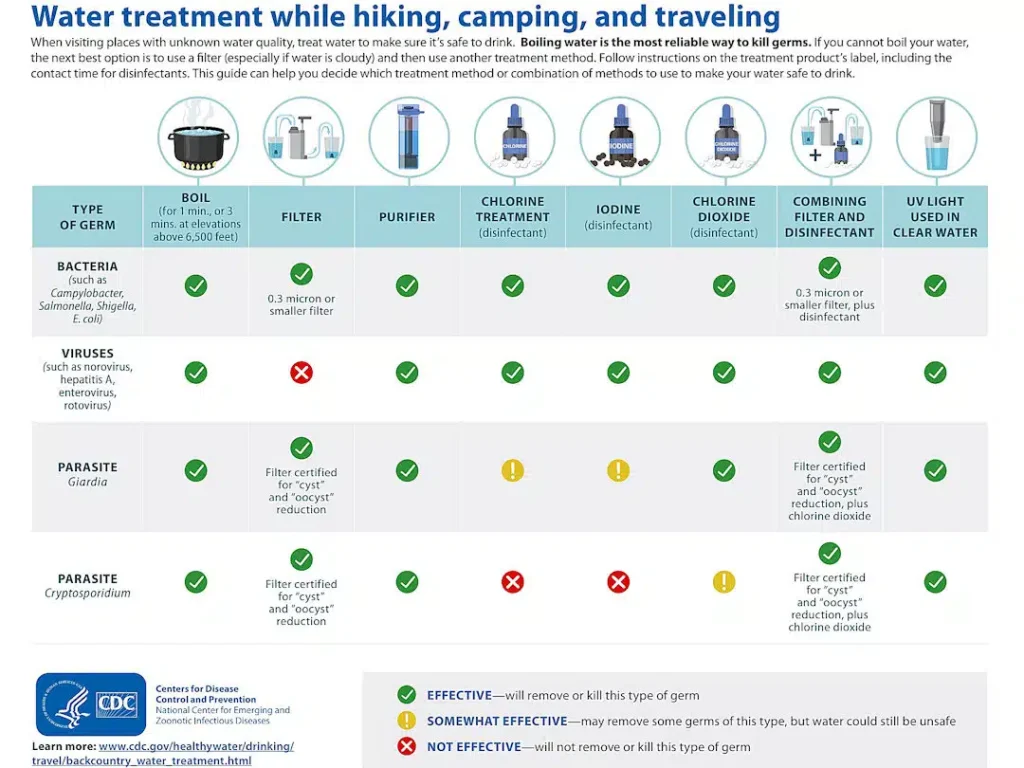Are you sure the water you drink every day is truly clean and safe? Understanding the different water purification methods can change the way you protect your health and your family’s well-being.
Whether you rely on tap water, bottled water, or a private source, knowing how water is purified helps you make smarter choices. You’ll discover simple and effective ways to ensure your water is free from harmful contaminants. Ready to learn how to turn ordinary water into pure, healthy water?
Keep reading—your body will thank you.

Credit: ionexchangeglobal.com
Common Water Contaminants
Water often contains harmful substances that affect health. These substances are called contaminants.
Knowing common water contaminants helps choose the right purification methods.
Bacteria And Viruses
Bacteria and viruses are tiny germs that cause diseases. They enter water from sewage or animal waste.
Drinking water with these germs can lead to stomach problems and infections.
Heavy Metals
Heavy metals like lead, mercury, and arsenic come from factories and old pipes. They harm the brain and organs.
These metals do not break down and can build up in the body over time.
Chemicals And Pesticides
Farms and industries release chemicals and pesticides into water. These can cause long-term health problems.
They also affect the taste and smell of water.
Sediments And Particles
Sand, dirt, and tiny particles make water look cloudy. They come from soil erosion and construction sites.
Sediments can carry other contaminants and block water pipes.
Chlorine And Chloramine
Water treatment plants add chlorine or chloramine to kill germs. But these chemicals can affect water taste.
Some people may have skin or eye irritation from these chemicals.
Nitrates And Nitrites
Nitrates and nitrites come from fertilizers and animal waste. They harm babies and young children.
High levels cause a condition called “blue baby syndrome.”
Physical Purification Techniques
Physical purification methods remove impurities from water without using chemicals. These techniques rely on natural forces or simple processes.
They help make water clearer and safer to drink by removing dirt, particles, and some microbes.
Sedimentation
Sedimentation lets heavy particles settle at the bottom of a container. Water stands still so solids can sink naturally.
This process removes sand, dirt, and other large particles from water.
- Water is kept in a tank or basin
- Particles settle by gravity
- Clear water stays on top
Filtration
Filtration removes small particles by passing water through a filter. Filters trap dirt and impurities.
Common filters use sand, charcoal, or cloth to clean water.
- Water flows through filter layers
- Particles get caught in the filter
- Clean water passes through
Distillation
Distillation cleans water by boiling it and collecting the steam. Steam leaves impurities behind.
When steam cools, it turns back into clean water without salts or germs.
- Heat water until it boils
- Capture the steam produced
- Cool steam to get pure water
Chemical Purification Methods
Chemical purification uses substances to kill germs in water. It makes water safe to drink.
This method is easy and works well for many water sources. It often kills bacteria, viruses, and parasites.
Chlorination
Chlorination adds chlorine to water to kill germs. It is a common way to clean drinking water.
Chlorine works fast and stays in water to stop new germs from growing. It also removes bad smells.
- Kills bacteria and viruses
- Leaves a small chlorine taste
- Needs careful dosing to be safe
Ozonation
Ozonation uses ozone gas to clean water. Ozone is strong and kills many germs quickly.
This method removes bad smells and colors from water. Ozone breaks down after use and leaves no taste.
- Kills bacteria, viruses, and parasites
- Improves water smell and clarity
- Needs special equipment to make ozone
Iodine Treatment
Iodine treatment adds iodine to water to kill germs. It is often used for camping or emergencies.
Iodine kills bacteria and viruses but may leave a taste. It works best with clear water and enough contact time.
- Kills harmful germs
- Leaves a slight iodine taste
- Not for long-term use
Advanced Filtration Technologies
Water purification uses many methods to remove dirt and germs. Advanced filtration technologies clean water very well. They remove tiny particles and harmful substances.
These technologies help provide safe drinking water. They use special membranes to filter water at a microscopic level.
Reverse Osmosis
Reverse osmosis pushes water through a thin membrane. This membrane stops salt, bacteria, and chemicals. It lets only clean water pass through.
This process removes many impurities. It is used in homes and industries for pure water.
- Removes salts and minerals
- Eliminates bacteria and viruses
- Filters chemicals and toxins
Ultrafiltration
Ultrafiltration uses a membrane with small pores. It removes suspended solids, bacteria, and some viruses. It does not remove dissolved salts.
This method is good for removing large particles and germs. It is often used before other treatments.
- Filters particles larger than 0.01 microns
- Removes bacteria and most viruses
- Keeps minerals in the water
Nanofiltration
Nanofiltration uses membranes with very tiny pores. It removes some salts, organic matter, and small particles. It also removes hardness from water.
This technology is used for softening water and removing harmful substances. It works between ultrafiltration and reverse osmosis.
- Removes divalent salts and hardness
- Filters organic molecules
- Reduces some viruses and bacteria
Uv And Light-based Purification
Water purification uses many techniques to remove harmful germs. UV and light-based methods are safe and chemical-free.
These methods use light energy to kill bacteria and viruses in water. They work well for home and small-scale use.
Ultraviolet (uv) Treatment
UV treatment uses ultraviolet light to kill germs in water. The light damages their DNA so they cannot grow or spread.
This method works fast and does not change water taste or smell. It needs clear water to work well because dirt blocks the light.
- Effective against bacteria, viruses, and protozoa
- Does not add chemicals to the water
- Requires electricity to power the UV lamp
- Needs clean water for best results
Solar Water Disinfection
Solar water disinfection uses sunlight to clean water. It uses UV rays and heat from the sun to kill germs.
This method is simple and low-cost. People fill clear bottles with water and leave them in the sun for several hours to disinfect.
- Uses natural sunlight as a disinfectant
- Easy to use with clear plastic bottles
- Needs about 6 hours of strong sunlight
- Works best with clear or slightly cloudy water
Choosing The Right Method
Water purification is important for safe drinking. Different methods work best for different needs.
Choosing the right purification method depends on many factors. These include the water source, cost, and how well the method works.
Water Source Considerations
Knowing your water source helps pick the best purification method. Well water, river water, and city water all have different impurities.
Some methods remove bacteria but not chemicals. Others clean cloudy water well but need pre-filtering.
- Clear water may only need UV treatment
- Cloudy water often requires sediment filtration first
- Water with chemicals needs activated carbon filters
- Bacteria-rich water benefits from boiling or chlorination
Cost And Maintenance
Some water purification methods cost more upfront but need less upkeep. Others are cheap but require frequent maintenance.
Think about your budget and how much time you can spend on upkeep. This helps you choose a method that fits your lifestyle.
- Boiling uses fuel and takes time but is cheap
- Filters may need regular replacement
- UV systems use electricity and need bulb changes
- Chemical treatments require buying disinfectants often
Effectiveness And Limitations
Each purification method removes some contaminants but not all. Understanding limits helps avoid unsafe water.
Some methods kill germs but do not remove chemicals. Others remove particles but not viruses.
- Boiling kills bacteria and viruses but does not remove chemicals
- Activated carbon filters remove bad taste and chemicals but not all germs
- Reverse osmosis removes many impurities but wastes water
- UV light kills germs but needs clear water to work well
Portable And Emergency Purifiers
Clean water is important for health, especially during emergencies. Portable and emergency purifiers help make water safe to drink.
These purifiers are easy to carry and use anywhere. They remove harmful germs and particles from water.
Portable Filters
Portable filters use a physical barrier to clean water. They remove dirt, bacteria, and some viruses.
Many filters use small pores to trap harmful particles. They are lightweight and good for hiking or camping.
- Easy to carry and use
- Remove bacteria and protozoa
- Some can filter viruses
- Do not remove chemicals
Chemical Tablets
Chemical tablets clean water by killing germs. They usually contain chlorine or iodine.
Tablets are light and easy to use. They need time to work before the water is safe to drink.
- Kills bacteria, viruses, and some parasites
- Lightweight and portable
- Needs waiting time (usually 30 minutes)
- May leave taste or odor in water
Boiling
Boiling water is a simple way to kill germs. It makes water safe by heating it to 100°C (212°F).
Boiling removes bacteria, viruses, and parasites. It does not remove chemicals or dirt.
- Bring water to a rolling boil for 1 minute
- Effective against most germs
- Needs a heat source like fire or stove
- Does not improve taste or remove chemicals

Credit: www.chemicals.co.uk

Credit: medium.com
Frequently Asked Questions
What Is Reverse Osmosis In Water Purification?
Reverse osmosis is a water purification method using a semi-permeable membrane. It removes contaminants, ions, and large molecules. This process is highly effective in making water safe to drink. It’s commonly used in households and industries for clean water.
How Does Uv Water Purification Work?
UV water purification uses ultraviolet light to kill bacteria and viruses. This method effectively disinfects water without chemicals. It’s a fast and efficient way to ensure safe drinking water. UV systems are easy to maintain and operate.
Is Boiling Water An Effective Purification Method?
Boiling water is a simple and effective purification method. It kills most microorganisms like bacteria and viruses. Boiling for at least one minute ensures safety. It’s especially useful in emergency situations or when other methods aren’t available.
What Are Activated Carbon Filters Used For?
Activated carbon filters are used to remove impurities and odors. They effectively absorb chlorine and organic compounds. This method improves taste and quality of water. It’s commonly used in home filtration systems and portable water purifiers.
Conclusion
Water purification methods help keep water clean and safe. Each method removes different impurities from water. Some use filters, others use heat or chemicals. Choosing the right method depends on your water source. Clean water protects your health and well-being.
Knowing these methods helps you make better choices. Safe water is a simple step to a healthier life. Remember, clean water matters every day.

